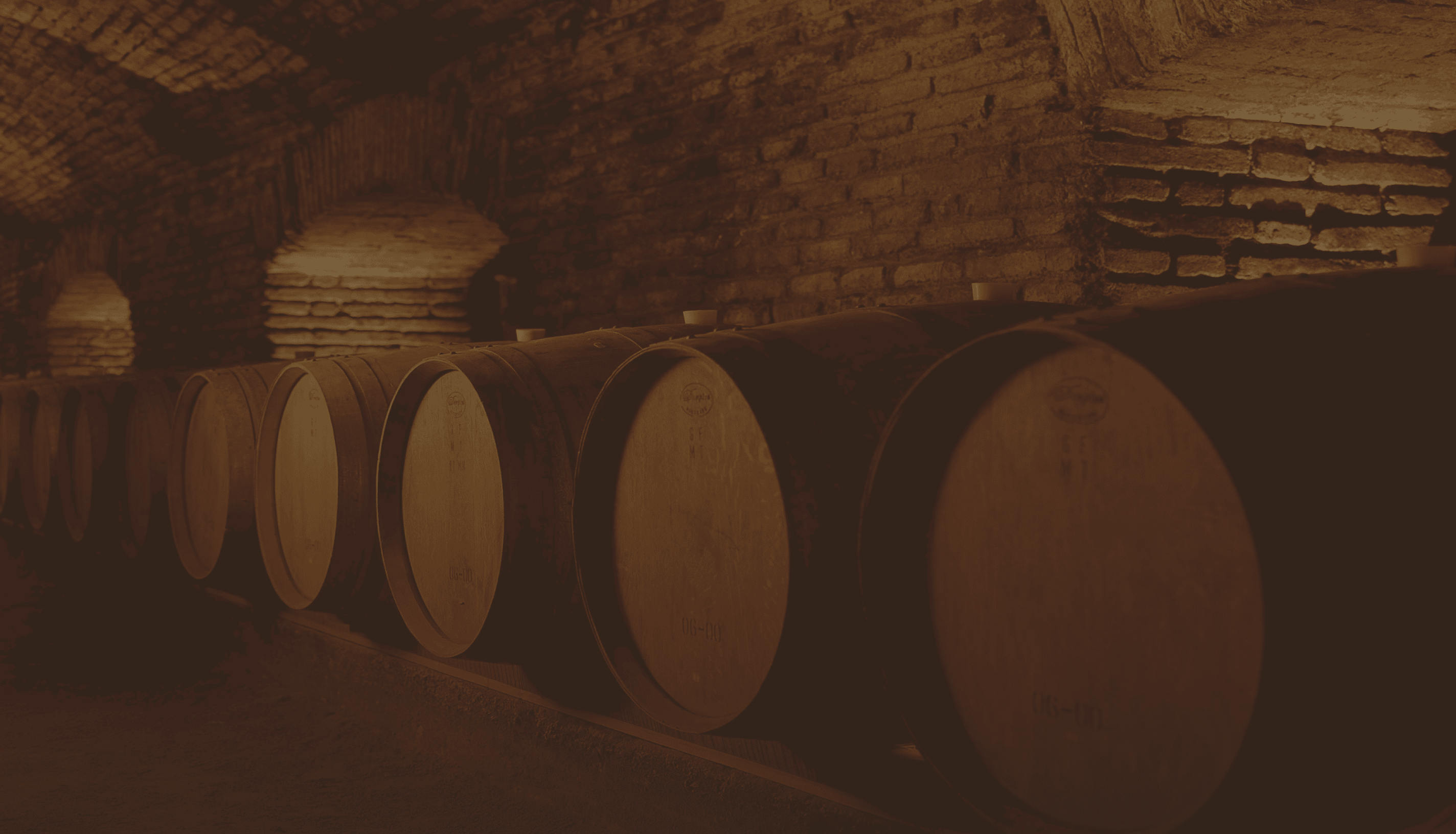12 de July de 2023
What does roundness mean in wine?
Within the vocabulary of wine there is an adjective that can cause many doubts among those who are not familiar with this language. Here we tell you what is behind the term “round”.
Let’s start by saying that it is not about the shape, but about how the wine is perceived on the palate. To say that a wine is round is to describe its texture. But how to identify if a wine is round in the palate? No, it’s not about finding a ball, but about how the wine feels in contact with your mouth.
However, there was one person who did consider a fact that could be useful for many people: thinking that wine has a shape. This person was none other than one of the first female wine critics, the British journalist and author Pamela Vandyke Price (1923-2014). In her active career, in addition to being very strict regarding rules such as not wearing perfume in a tasting room, she wrote several books about gastronomy, spirits and wines. In one of them, The Taste of Wine (1975), she explains that “roundness is something felt as the wine passes over the palate and is held momentarily in the mouth.” Which Price specifies this way: “A round wine has its skeleton (the alcohol) adequately and pleasantly covered with flesh (the fruit) and is enhanced by a good skin (the fragrance). Excess rotundity shows a lack of proportion or too oily”.
It was from then on that this term began to be used in the wine language, along with other synonyms that refer to its body. Round is also associated with the concepts unctuous, silky, creamy, oily and even buttery (in the case of whites).
When we say that a wine is round, in simpler words it also means that, among other things, it feels very smooth. That its tannins are not predominant in the experience of drinking it. Or any other characteristic is predominant over others, since it is a balanced wine. Where the elements of acidity, sweetness, tannins, alcohol, aromas and body are in balance with each other, as Price explained.

Without leaving aside, of course, the possibility of subjectivity that lives within each person, and that can appear before this term.
How to find a round wine? The truth is that it is not about looking for certain wine grapes, since roundness can be given by various factors. Generally, it comes from the expertise of the winemaker, who knows when to harvest the grape, what winemaking techniques to use, and then how to age it. These processes offer and create round wines.
An example is malolactic fermentation, which creates that unctuous and creamy sensation in wines. Generally used in red wines such as Gran Reserva Carmenère, with a silky texture, it is also applied to white varieties such as Marques de Casa Concha Chardonnay, moderately concentrated and also with a silky texture.
Another round wine that stands out thanks to the use of oak is Gravas Cabernet Sauvignon, which on its smooth palate exhibits a fine evolution, remarkable balance and an outstanding network of tannins that add elegance and body to this great wine.
In other words, talking about a round wine ultimately refers to harmonious wines that stand out for a slight creaminess on the palate. Wines so balanced that they do not cause the sensation of having “rough edges”.










